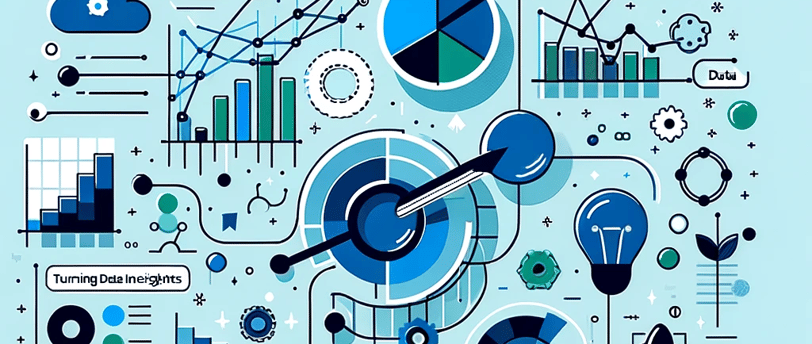Beginner’s Guide to Data Analytics: Key Concepts Explained
This article serves as an introductory guide to the world of data analytics. It aims to demystify the field for beginners and provide a clear understanding of fundamental concepts and their applications in various industries. The article will cover the basics of data analysis, including types of data, common tools and techniques, and how data analytics is transforming businesses today. It's designed to be accessible to those who are just starting out in the field or are curious about how data analytics can benefit their business or career.
DATA ANALYSIS
Tim
11/22/20231 min read


Data analytics has become a cornerstone in the decision-making process of modern businesses. This guide aims to introduce you to the foundational concepts of data analytics, helping you understand what data analytics involves and how it can be applied in various domains.
1. What is Data Analytics?
Data analytics is the process of examining datasets to draw conclusions and identify patterns, trends, and insights. It involves using specialized systems and software to organize, process, and transform data into actionable insights.
2. Types of Data
Understanding the types of data is crucial. Broadly, data can be categorized into qualitative (non-numerical) and quantitative (numerical). Each type requires different analytical approaches.
3. Data Analytics Tools and Techniques
There are various tools used in data analytics, ranging from Microsoft Excel to more advanced software like Python, R, and SQL. Techniques can include statistical analysis, predictive modeling, and machine learning.
4. The Role of Big Data
Big Data refers to extremely large datasets that can be analyzed computationally to reveal patterns and trends. It has revolutionized how organizations approach data analysis, offering deeper insights at a larger scale.
5. Applications of Data Analytics
Data analytics finds applications in diverse sectors, including finance, healthcare, marketing, and more. It helps businesses to optimize their strategies, understand customer preferences, and enhance operational efficiency.
6. Getting Started with Data Analytics
Beginners can start by learning basic tools like Excel, gradually moving to more sophisticated software. Online courses, workshops, and tutorials are great resources.
Conclusion
Data analytics is a dynamic and ever-evolving field. As data becomes increasingly integral to organizational success, understanding these basic concepts is the first step towards harnessing the power of data in your career or business.
